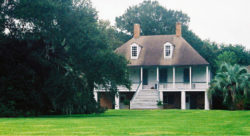Government, Politics & Law
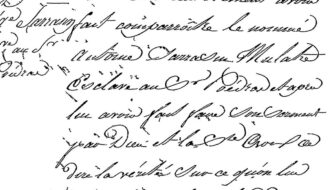
1795 Point Coupee Slave Conspiracy
Enslaved, free Black, and white people planned an insurrection to end slavery in Spanish colonial Louisiana roughly 150 miles north of New Orleans.

Enslaved, free Black, and white people planned an insurrection to end slavery in Spanish colonial Louisiana roughly 150 miles north of New Orleans.

A rainy weekend in August 2016 unexpectedly left behind more than three times the amount of rain dropped by Hurricane Katrina, damaging 146,000 homes in fifty-six of Louisiana’s sixty-four parishes.
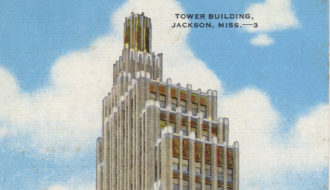
A talented and prolific Louisiana architect, A. Hays Town shaped the residential architecture in mid-to late twentieth-century Louisiana.
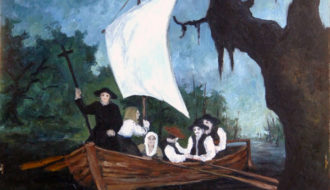
The Acadians, ancestors of present-day Cajuns, were people of French ancestry who settled in what is now Canada before migrating to Louisiana.

The diatonic button accordion is a prominent and distinguishing feature of Cajun music, first imported to Louisiana from Europe in the late nineteenth century by German Jewish immigrants.
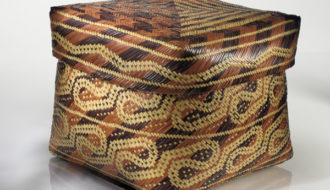
Ada Thomas was one of few remaining weavers of traditional Chitimacha split-cane, double-weave baskets.
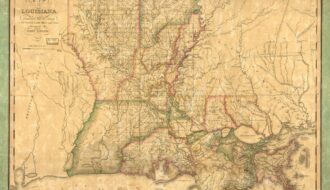
The treaty that settled the western boundary of the Louisiana Purchase was ratified by the governments of Spain and the United States in 1821.
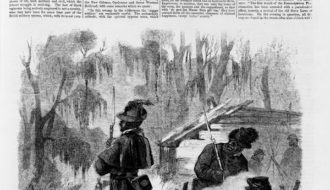
African Americans, both freed and enslaved, played critical roles in Civil War Louisiana.
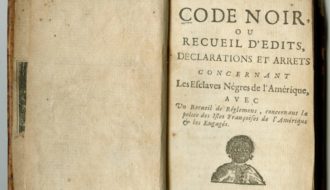
Enslaved Africans and people of African descent played key roles in nearly every aspect of the development of Louisiana.
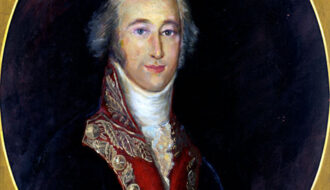
Alejandro O’Reilly served as the second Spanish governor of Louisiana from 1769 to 1770.

This entry provides a biographical overview of Alejandro O'Reilly, the second Spanish governor of Louisiana.
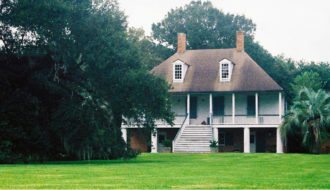
In 1961, the upper floor of this house was floated by barge along Bayou Teche from its original location in St. Mary Parish, which was being developed as a subdivision.
One-Year Subscription (4 issues) : $25.00
Two-Year Subscription (8 issues) : $40.00
